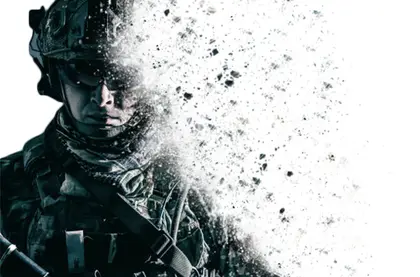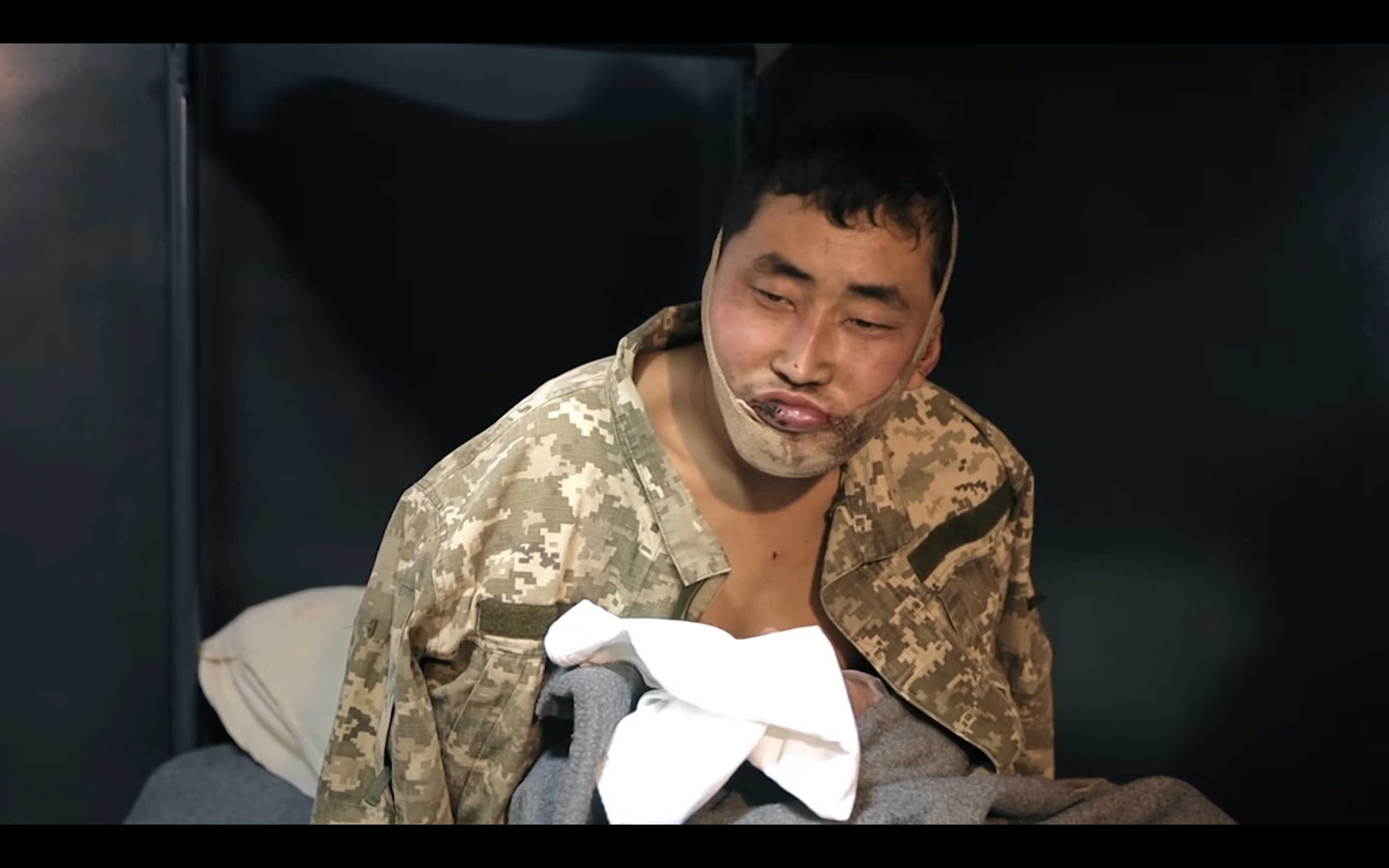In recent weeks, we observed large supplies of Russian personnel and equipment being sent to Belarus, while attacks on Bakhmut and Soledar continue. Some commentators fear there are hidden resources at Russia's disposal to turn the tide of the war. Could Russia still reverse the trend of Ukrainian success?
A general misconception exists about Russia’s military capabilities and its options to take back the initiative in the on-going war.
- View the most recent Ukraine news pieces that came out today.
- Russian Losses in Ukraine War
JOIN US ON TELEGRAM
Follow our coverage of the war on the @Kyivpost_official.
Many commentators are of the opinion that the Russian army could build on its recent partial mobilization and launch a new, major offensive to end the war on its own terms. This offensive could be launched from Belarus and threaten Kyiv directly, leading to Ukraine bowing to Russian President Vladimir Putin’s might.
The interesting thing is that such voices are not uninformed commentators or Kremlin-friendly pundits, but western professionals and even some official Ukrainian sources.
However, the whole notion of a Russian massive coming back at Kyiv is completely unrealistic.
Most people giving credit to those ideas have little understanding of the changes that have affected the Russian army in the last ten months. It is not only a matter of combat losses and morale slippage due to military failure – the very nature of the ground force has altered, leaving Putin with a military instrument unfit for offensive operations.

Trump’s 10 Most Important Comments on Ukraine Since Taking Office
This does NOT mean the Russian army has been defeated. It hasn’t. It means that it has no credible capability to mount serious operational assaults and capture large swaths of territory. It is limited to retaining what it holds and mounting local spoiling attacks – as can currently be witnessed.
Personnel issues
The Russian army which invaded Ukraine last February was made up of approximately 200,000 professional soldiers, supported by another 50,000 conscripts and a significant number of relatively modern combat vehicles. That essentially amounted to the whole operational capability the Russian Federation could afford to mass in a single campaign.
As such, the very presence of conscripts – which was initially forbidden not only by Putin’s direct orders, but by federal law – came because there were simply not enough contract infantrymen to man the maneuver units. For his part, Russian General Valery Gerasimov tried to make things work despite the various personnel problems.
Russia’s professional army, which was credited with a good level of combat training by most experts, simply doesn’t exist anymore.
There are no final confirmed numbers for Russian casualties, and the official Ukrainian tally exceeds 100,000 killed in action. This may well be an over-estimate, but we are probably not so far from it, especially if we consider the independently confirmed combat vehicle losses, which are staggering. The Russians have lost more tanks than the whole inventory of the active U.S. army.
Talking of personnel, we must remember that, for every soldier killed in action, there are at least two seriously wounded or otherwise missing due to capture, desertion or dismissal. This means that even if Ukrainian data on Russian losses are exaggerated, very few of those professional soldiers who invaded in February are still fighting today. Most have been killed or mauled in the ten months of fighting, and the remainder have probably been promoted to higher ranks to fill the positions of missing officers and/or taken command of mobilized recruits.
Perhaps some elite mechanized paratrooper battalions are still being manned by the bulk of contract soldiers, and of course mercenary groups like Wagner are “professional” in nature, but the whole Russian army has reverted to what is effectively a mobilized conscript mob. I use the term “mob” intentionally, because of the nature of the “partial mobilization” we have witnessed.
In order to perform a working mobilization, one requires a detailed plan (which Ukraine had); infrastructure involving trainers and a reserve of personnel equipment to receive the recalled men (which Ukraine had to an extent); time to train and heavy equipment to support newly raised Units (which Ukraine badly lacked but managed in a barely satisfactory way); and most of all cadres to lead these Units into actual combat (which Ukraine could somehow gather).
ALL those elements were lacking in Russia, simply because of no real idea how to perform any form of mobilization. Furthermore, corruption and lack of resources had vastly depleted stored reserve equipment, so Russian mobilized personnel went to the front lacking everything but their own mortal bodies.
Poor material resources
The situation is even more dire as we turn our attention to material resources.
Large as it is, the Russian Federation has a GDP vastly inferior to Italy’s, and any military budget – however inflated – has to start from this fundamental basis.
Considering that Russia’s military expenses are similar to the U.K.’s, but that Russia’s army is 20 times larger and has a nuclear deterrent equal in numbers to that of the U.S., we can see that the money available is definitely insufficient to maintain such a large army. As soon as we add corruption into the mix, it becomes evident that available resources have been scarce from start.
Whatever was available initially, has been seriously hit by western sanctions, so military industrial production has drastically dropped, and reserves have proven largely unworthy.
Gradually, the professional and equipped army that Russia fielded last February, has morphed into a poorly equipped and badly trained horde of demoralized recruits, supported by insufficient, outdated combat vehicles, and led by disgruntled officers raised from the ranks and with little leadership training.
Such an army is simply unfit for offensive operations in hostile territory. Even less so, when its opponents happen to enjoy higher numbers, better training and leadership, and even more modern equipment.
Added to that, there is the motivational issue I have discussed previously.
Logistical problems also tie the Russians to railway heads for any prolonged offensive effort, since they lack the wheeled assets to move supplies – chiefly artillery ammunitions – required. Ukrainian generals planned their operations carefully to deny them to the invaders, so that now the railway connecting Rostov to Donetsk is the only one capable of supporting offensive operations into Ukrainian territory.
Any offensive from Belarusian territory is reliant on a single Belarusian railway line, manned by Ukraine-friendly Belarusian personnel. And we saw, last March, how efficient that was.
The Russian army is still alive and kicking. It has numbers on its side, and the resilience of a large nation to support it. It can also hold its line effectively for many months to come. Western Governments and Ukrainian authorities may have a vested interest in depicting it to be on the verge of a new onslaught in order to support the provision of more western military supplies.
But it is in no position to mount large offensive operations: neither today nor in a few months.
Colonel O.G. Stirpe is a retired career officer in the Italian Army. He graduated at Modena Army Academy in 1984 and at Turin Infantry Officer School in 1986. He spent the early years of his career as a platoon and a company commander in a Mechanized Battalion, specializing in operational planning and in military intelligence, and serving both in the major national HQs and abroad in NATO service. During his career he saw action in Somalia (1992), Bosnia (1995), Albania (1997), Kosovo (1999), Liberia (2002) and Afghanistan (2009). During his last years, he served in the NATO Rapid Deployable Corps – Italy, where he created and led the Targeting Intelligence Cell of the Corps. He currently lives with his Norwegian wife and two sons north of the Polar Circle.
The views expressed are the author’s and not necessarily of Kyiv Post.
You can also highlight the text and press Ctrl + Enter











